The culinary world is no stranger to innovation, but few dishes combine tradition and science as intriguingly as North Korea's iconic naengmyeon, or cold noodles. Served in a chilled broth, this dish has recently gained attention not just for its refreshing taste but for the unique vessel often used to present it: the ice bowl. Beyond its aesthetic appeal, the ice bowl serves a functional purpose, maintaining the dish's temperature while slowly melting to subtly dilute the broth. However, what truly fascinates scientists and food enthusiasts alike is the thermal conductivity of these frozen containers—a seemingly simple concept with profound implications for both gastronomy and material science.
Thermal conductivity, the measure of a material's ability to conduct heat, plays a pivotal role in the ice bowl's performance. Unlike metal or ceramic, ice has a relatively low thermal conductivity, which means it transfers heat slowly. This property ensures the broth remains cold without causing the bowl to melt too quickly. The science behind this balance is delicate: if the ice were more conductive, the bowl would lose structural integrity rapidly, turning the meal into a soupy mess. Conversely, if it were less conductive, the broth might not chill adequately, undermining the dish's essence. The ice bowl, therefore, is a testament to the ingenuity of culinary tradition, leveraging physics to enhance the dining experience.
Interestingly, the thermal conductivity of ice isn't static—it varies with temperature and purity. Pure ice at freezing point (0°C) has a thermal conductivity of approximately 2.18 W/m·K, but this value decreases as temperatures drop. Impurities, such as air bubbles or minerals from the water used to make the bowl, can further alter this property. Artisans crafting these bowls often use filtered or boiled water to minimize impurities, ensuring a more consistent melting rate. Some even experiment with layered freezing techniques, creating gradients in conductivity to control how different parts of the bowl melt. This level of precision blurs the line between cooking and engineering, elevating the ice bowl from mere tableware to a functional art piece.
The practical challenges of using ice bowls extend beyond thermal conductivity. Structural integrity is another critical factor, as the bowl must withstand the weight of the broth and noodles without cracking or collapsing prematurely. Here, the ice's mechanical properties come into play. While ice is brittle, its strength can be subtly enhanced by controlling freezing rates—slower freezing tends to produce larger, stronger crystals. Some chefs even add small amounts of edible stabilizers, like agar or gelatin, to reinforce the bowl without compromising its clarity or taste. These adaptations highlight the intersection of culinary tradition and modern food science, where empirical knowledge meets laboratory-tested techniques.
Beyond the kitchen, the study of ice's thermal conductivity has broader applications. Researchers in fields like cryogenics and climate science are deeply interested in how ice behaves under varying conditions. For instance, understanding how impurities affect thermal conductivity can improve models of glacier melt rates or the design of thermal insulation materials. The humble ice bowl, in this context, becomes a microcosm of larger scientific inquiries. It’s a reminder that even the most mundane objects can offer insights into complex physical phenomena, bridging the gap between everyday life and academic research.
For diners, the ice bowl is more than just a functional container—it’s part of the spectacle. The gradual melting, the shimmering translucence, and the eventual softening of the bowl’s edges create a dynamic dining experience. Unlike static tableware, the ice bowl evolves throughout the meal, engaging multiple senses. This ephemeral quality aligns with traditional Korean dining philosophies, which emphasize harmony with nature and the transient beauty of seasonal ingredients. In a world where meals are often rushed or consumed mindlessly, the ice bowl demands attention and appreciation, turning a simple dish into a memorable event.
As global interest in North Korean cuisine grows, so does curiosity about the ice bowl’s unique properties. Restaurants outside Korea have begun experimenting with their versions, sometimes incorporating colored ice or embedded ingredients like flower petals. Yet, replicating the authentic experience requires more than just freezing water—it demands an understanding of the delicate balance between thermal conductivity, structural integrity, and aesthetic appeal. For chefs willing to embrace the challenge, mastering the ice bowl is a rite of passage, a way to honor tradition while pushing culinary boundaries.
Ultimately, the ice bowl exemplifies how food can be a medium for both art and science. Its thermal conductivity isn’t just a technical detail; it’s the invisible hand shaping the dining experience. From the careful selection of water to the precise control of freezing conditions, every step reflects a deep respect for the interplay of physics and flavor. In an era where food trends come and go, the ice bowl endures—a frozen testament to the timeless marriage of innovation and tradition.

By /May 26, 2025
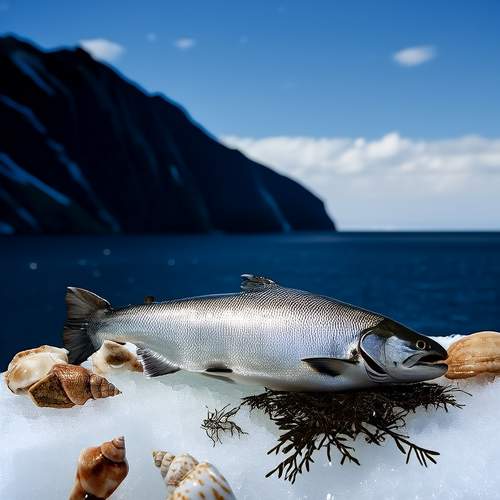
By /May 26, 2025

By /May 26, 2025
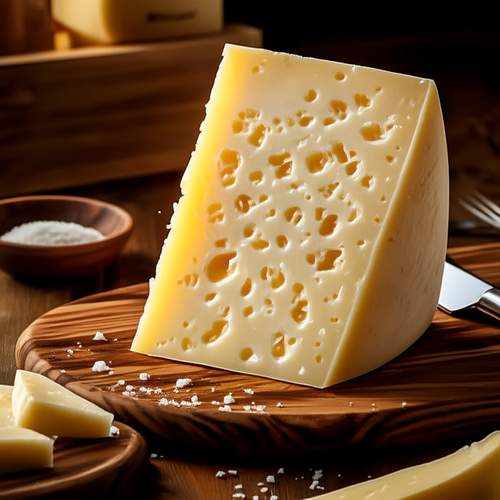
By /May 26, 2025
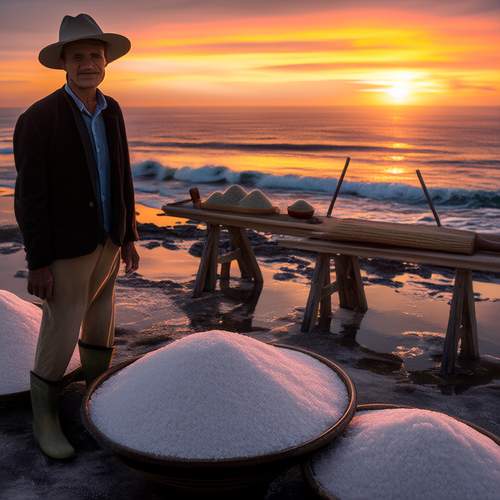
By /May 26, 2025
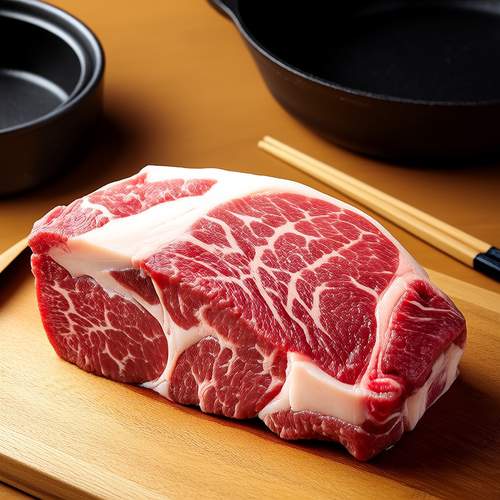
By /May 26, 2025
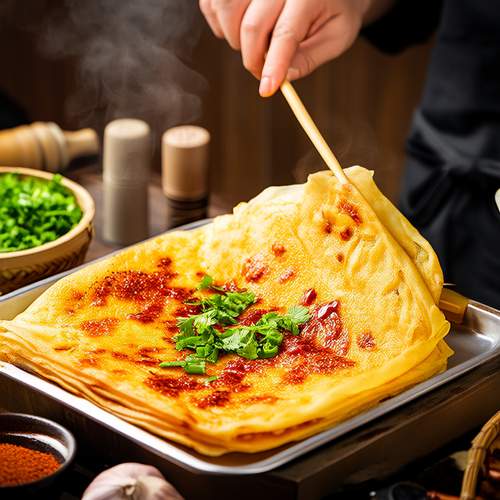
By /May 26, 2025
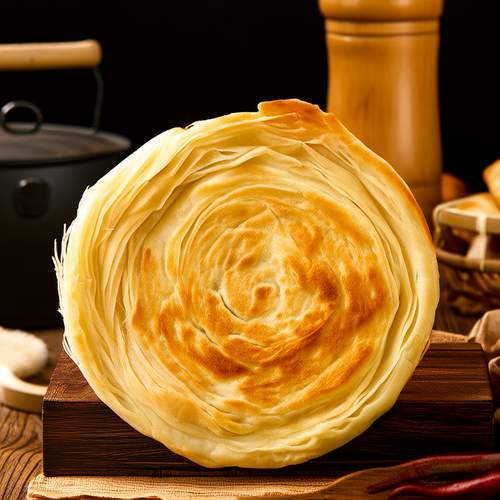
By /May 26, 2025

By /May 26, 2025
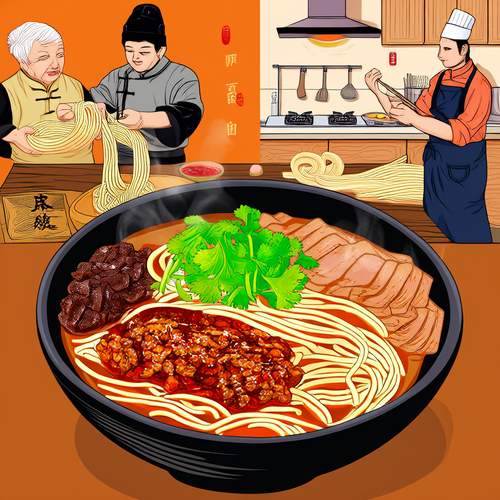
By /May 26, 2025
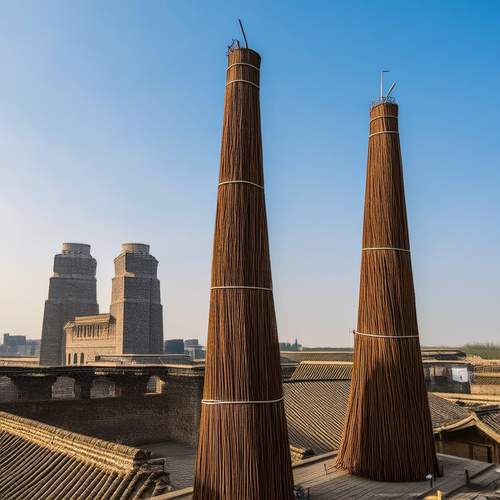
By /May 26, 2025

By /May 26, 2025
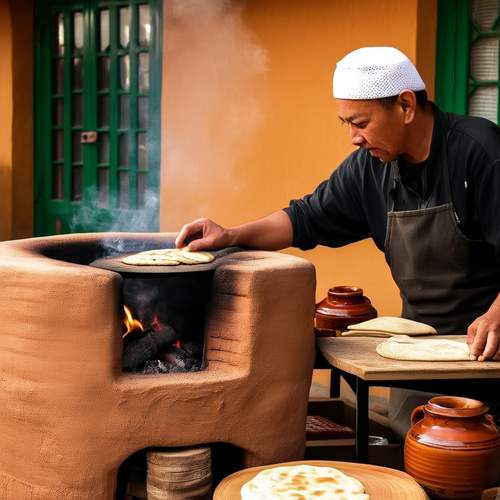
By /May 26, 2025
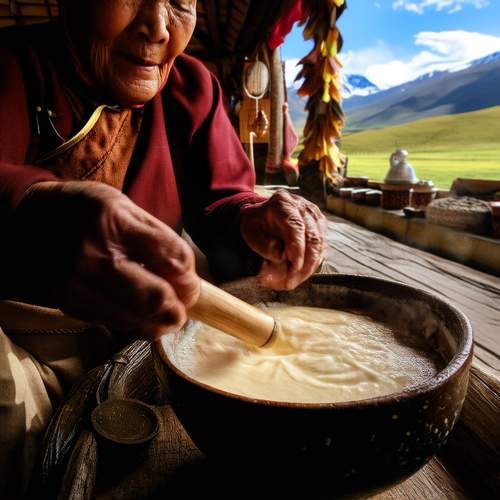
By /May 26, 2025
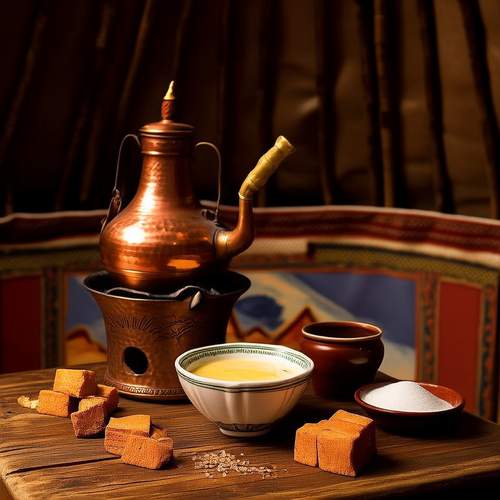
By /May 26, 2025
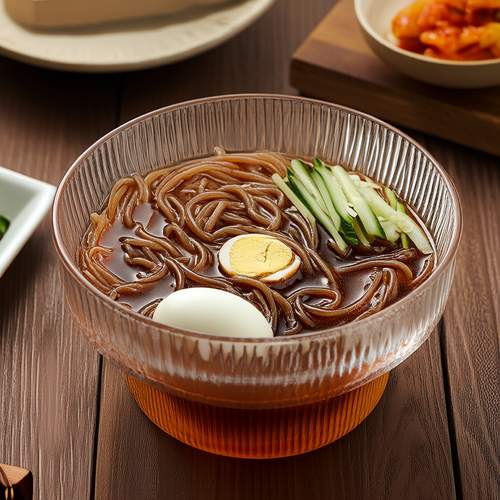
By /May 26, 2025

By /May 26, 2025
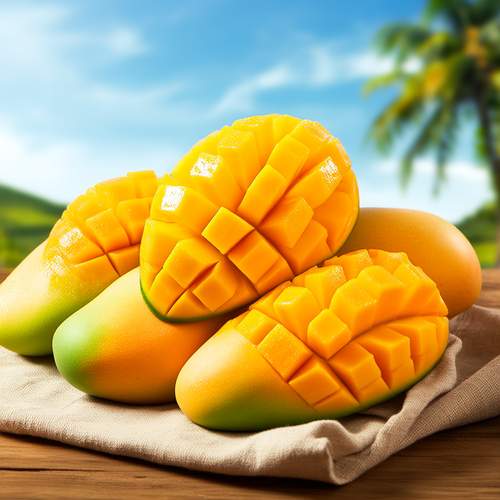
By /May 26, 2025
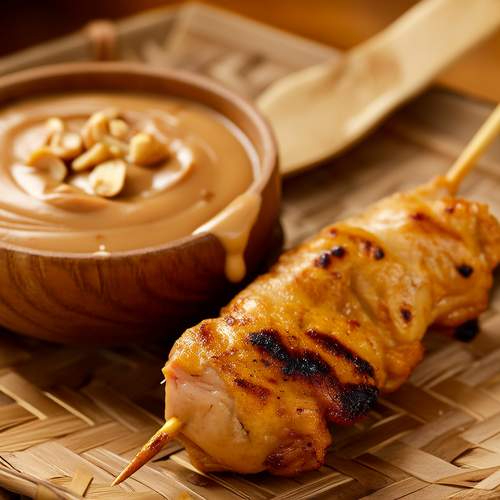
By /May 26, 2025
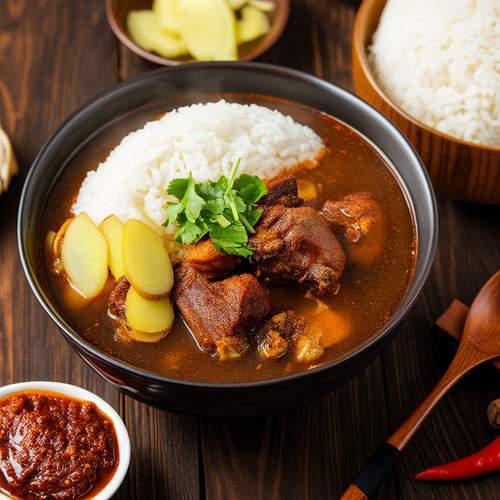
By /May 26, 2025